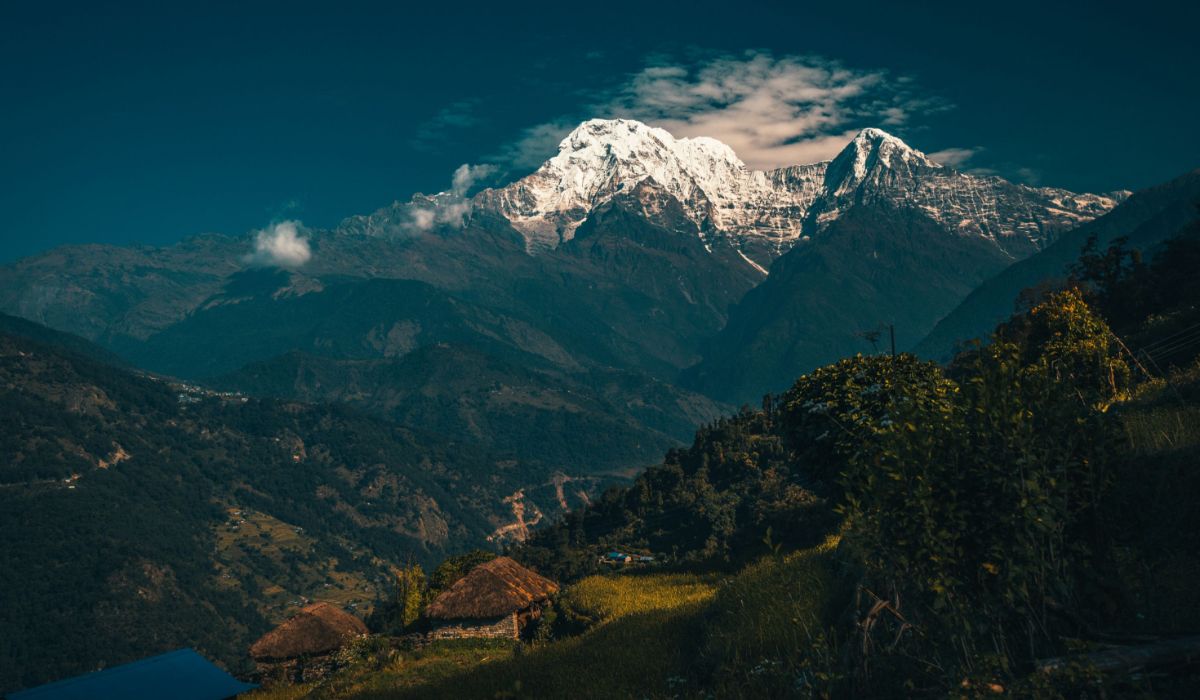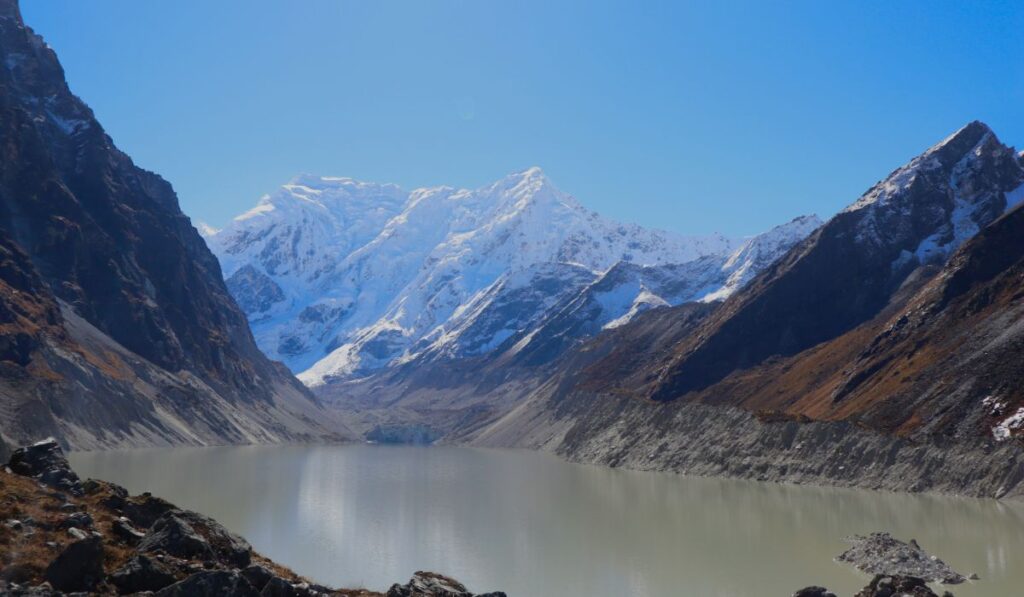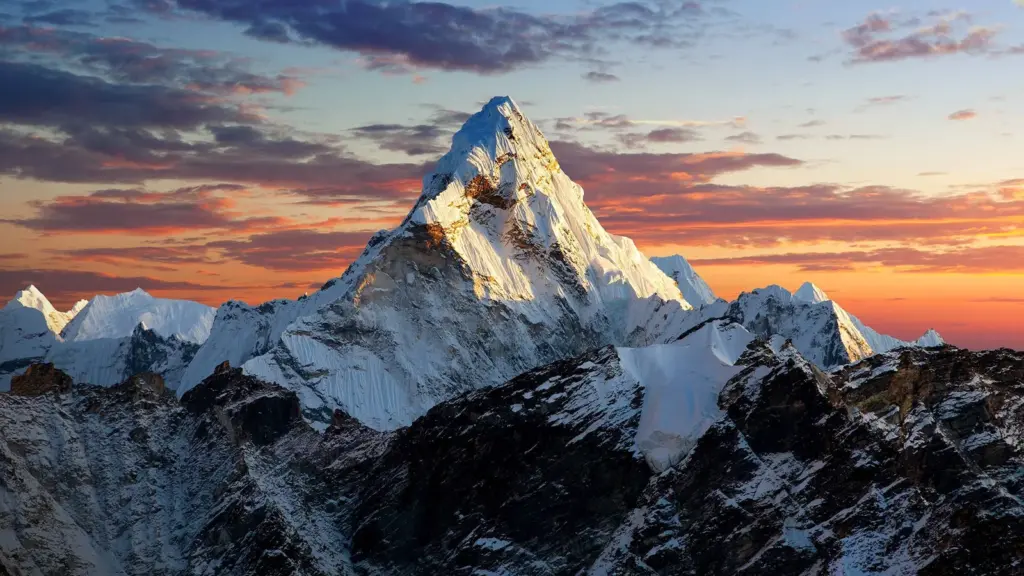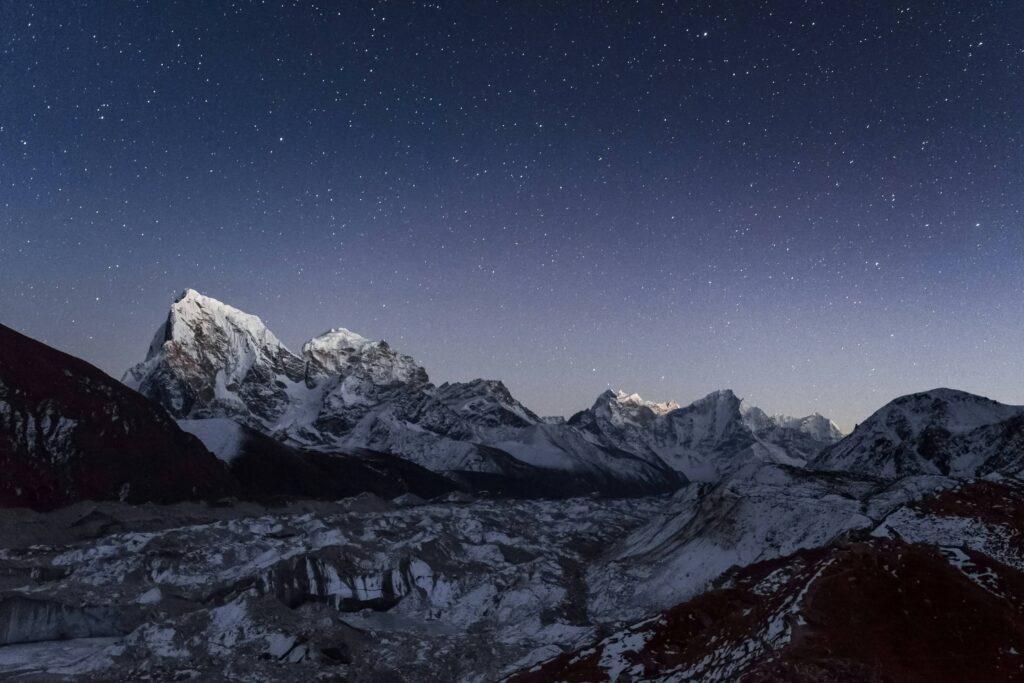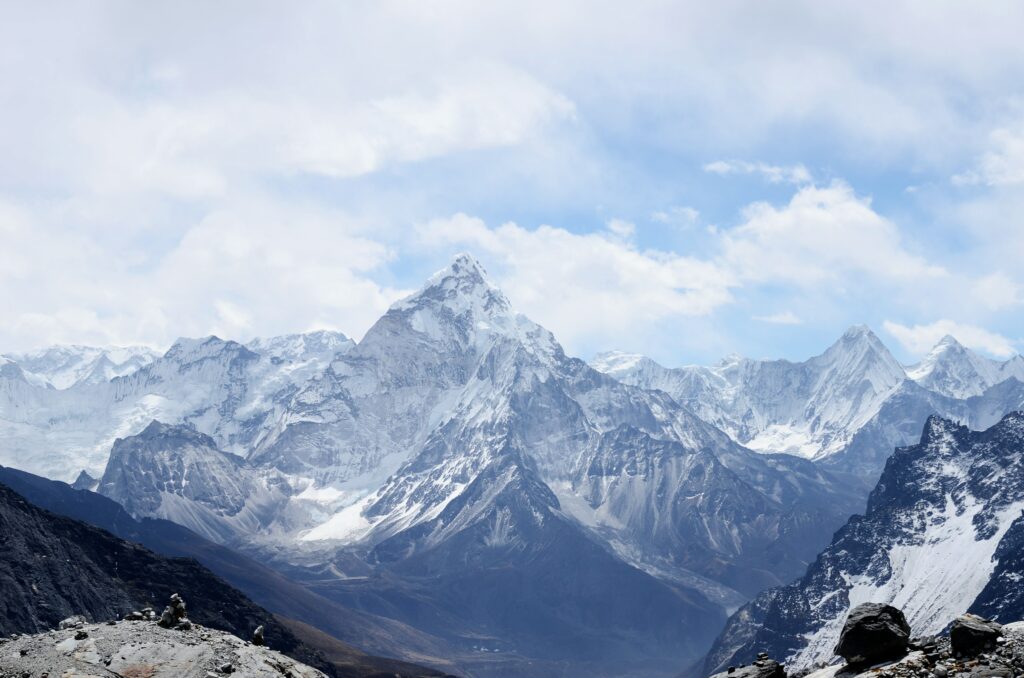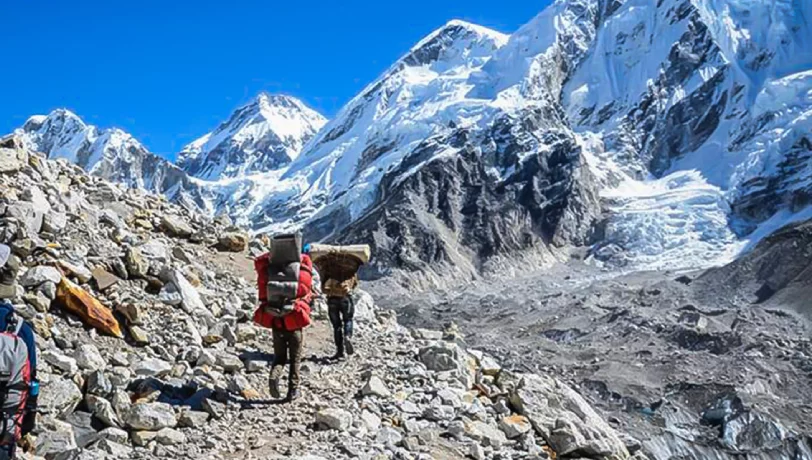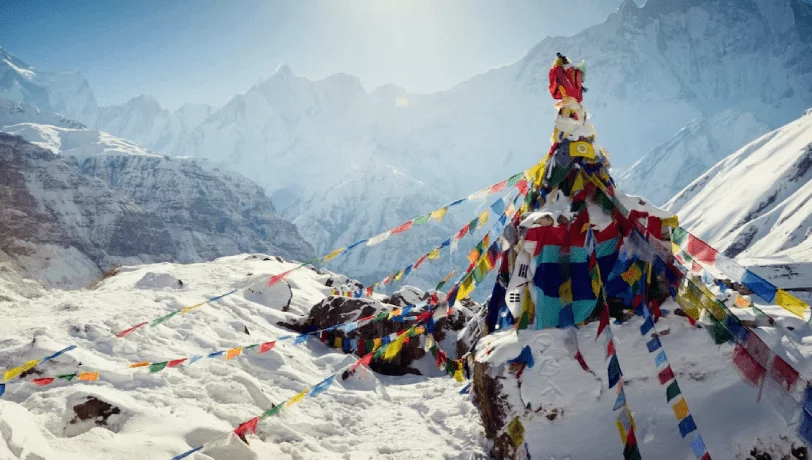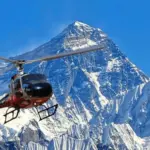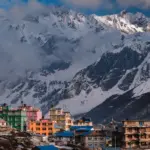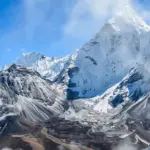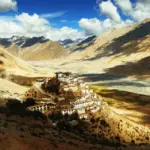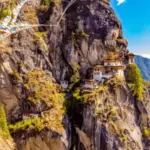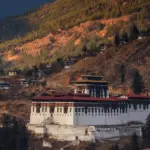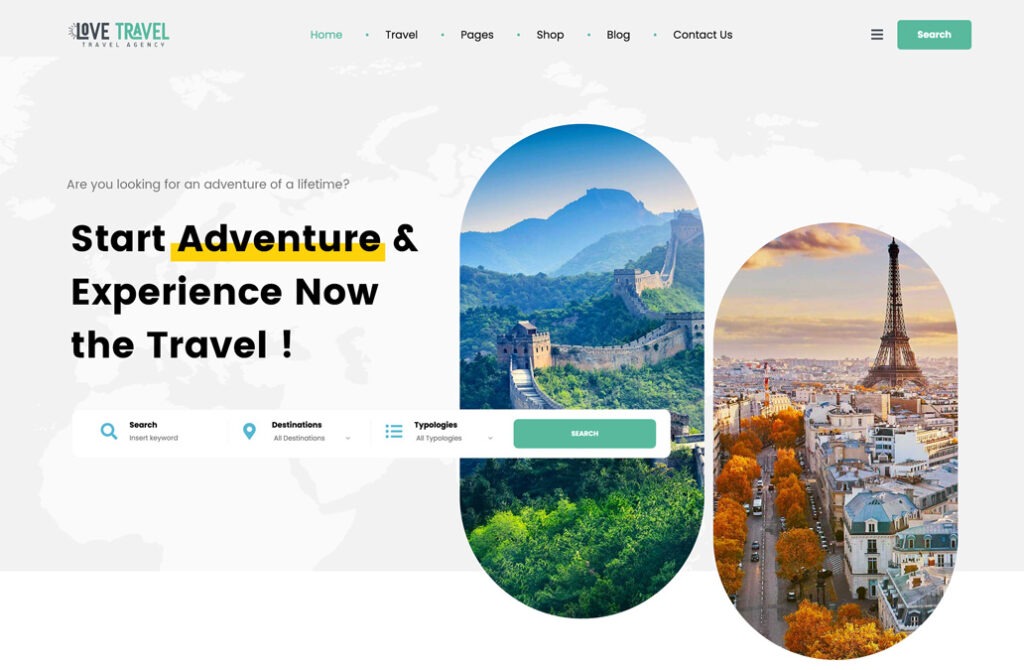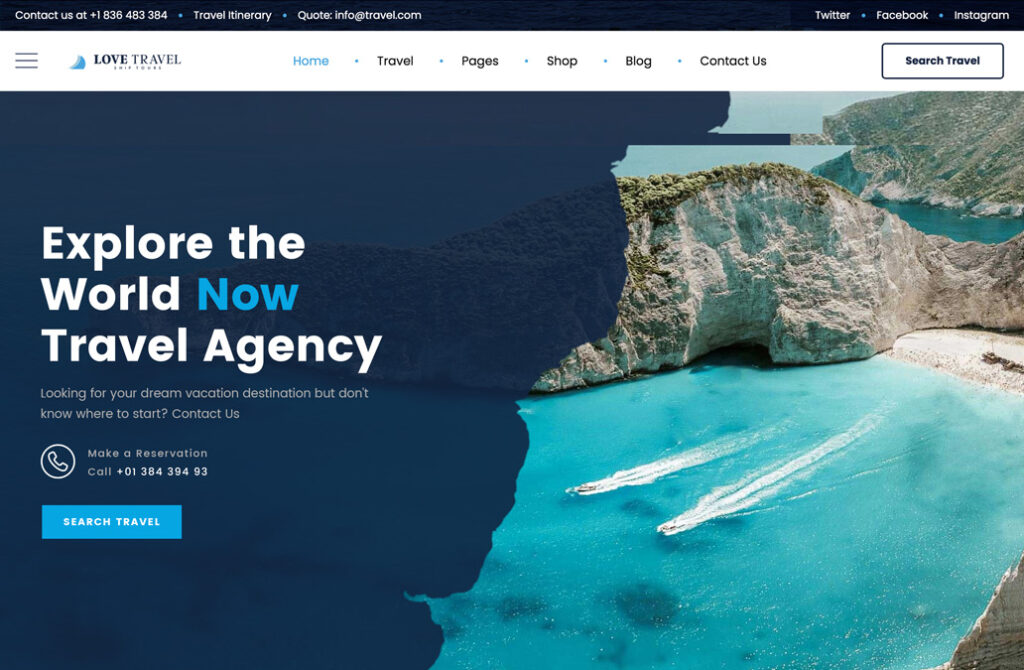In your incredible journey through the Nar Phu Valley trek in the Annapurna region, you’ll discover hidden treasures of Buddhist culture and the untouched beauty of the Himalayas. Walk on serene paths, uncovering beautiful villages until you reach Nar and Phu villages—places still untouched by modern changes, tucked away deep in Nepal.
Our Nar Phu Valley Trek is no ordinary trek. It takes you through villages influenced by Tibetan culture, blending the magic of the Himalayas with exciting adventures off the usual path and the famous Annapurna Circuit Trail.
In this 18-day adventure, you’ll visit the charming Manang village, conquer the tough Thorong La Pass, and descend to the sacred Muktinath Temple—a special place for both Hindus and Buddhists. The journey ends in Marpha, wrapping up this thrilling Nar Phu Valley Trek.
Whether you pick our scheduled dates or choose a personalized experience, Trek and Adventure Nepal promises not just great prices but also unbeatable service. Consider joining one of the best trekking agency in Nepal and explore Nar Phu Valley the best way possible.
Nar Phu Valley Trek with Annapurna Circuit Online Briefing
We will send you an email with the available date and time for the online briefing as soon as you book the trek. We will go over everything you need to know during this briefing, such as an equipment checklist, specifics on the route, and what to expect on the trails. Please be aware that there will only be one trip briefing—either in person or online.
Possible Itinerary Change Notice
Please be aware that the hike schedule may change slightly, particularly during the busiest times of the year for trekking. Your guide will arrange everything, so you don’t need to worry about the trip.
Best Season for Nar Phu Valley Trek with Annapurna Circuit
Although the Nar Phu Valley Trek with Annapurna Circuit remains accessible throughout the year, certain months offer more favorable trekking conditions.
The optimal months for trekking in the Annapurna region fall in the heart of spring and autumn, especially in March, April, October, and November.
During the summer, the region experiences the monsoon season, increasing the likelihood of heavy downpours at lower altitudes. From December to February, winter sets in, bringing bitterly cold temperatures, and there’s a risk of mountain passes closing due to substantial snowfall. Additionally, Phu Village sees a significant decrease in residents during winter as many seek warmer locations
While the prime trekking seasons attract more visitors, this primarily applies to the main Annapurna Circuit route. In contrast, the Nar and Phu Valleys remain relatively uncrowded. Even if you prefer less congested trekking routes, you can still enjoy a quieter experience for half of your trek through these serene valleys.

